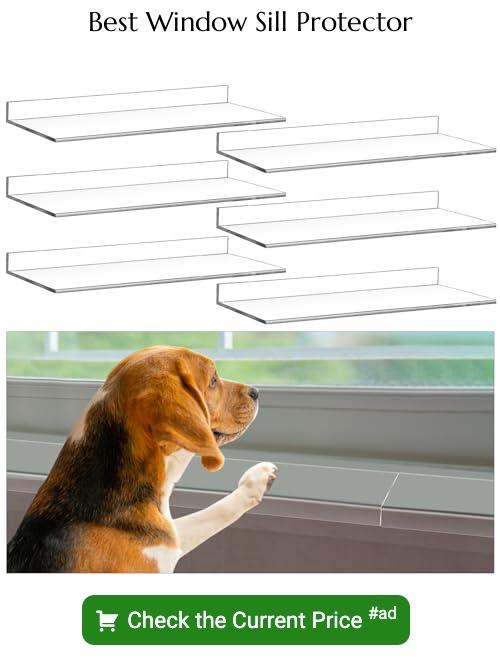Discover the world of window sills as we dive into their purpose, design, and significance in enhancing your home’s aesthetic appeal and functionality.
Windows are an essential part of any home, and they come in various shapes, sizes, and styles. From the glass panes to the frames and even the hardware, every aspect of a window is crucial.
However, one component that often goes unnoticed is the window sill. Despite being an integral part of a window’s structure and functionality, many people don’t know what it is or its purpose.
In this blog post, we’ll delve into everything you need to know about window sills – from their definition to their importance in your home’s overall design and functionality. So let’s get started!
Key takeaways:
- Window sills provide structural support for the window system.
- They prevent water from entering the home through gaps in the window frame.
- Window sills can be made from wood, stone, concrete, or metal.
- Well-designed window sills enhance the aesthetic appeal of a home.
- Window sills can be used for decorative purposes and to display plants or decorative items.
Definition of Window Sill
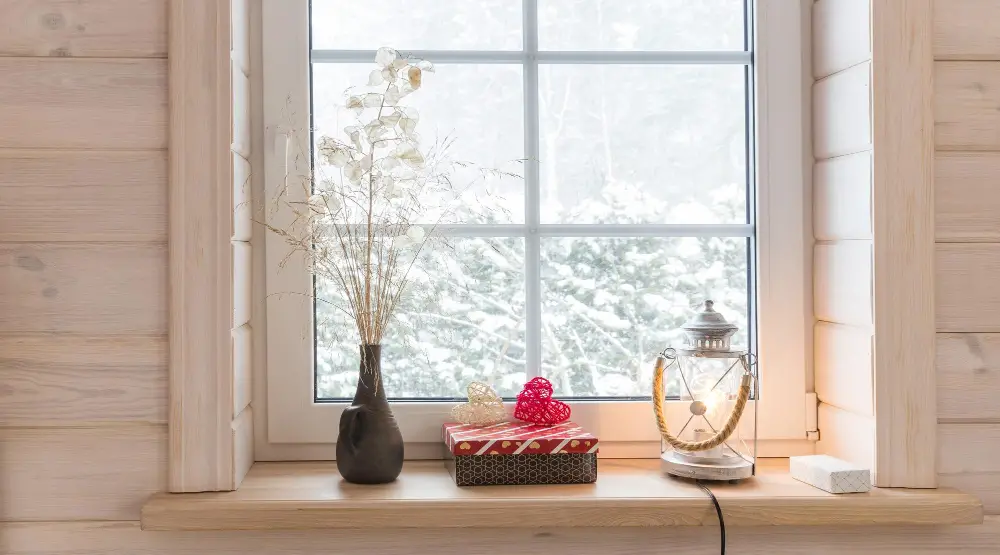
The window sill is the horizontal surface at the bottom of a window frame. It’s also known as a windowsill, cill, or stool.
The primary function of a window sill is to provide structural support for the entire window system and prevent water from entering your home through gaps between the wall and frame.
Window sills can be made from various materials such as wood, stone, concrete or metal depending on their intended use and design style. They come in different shapes and sizes to fit specific types of windows.
In addition to its functional purpose, a well-designed window sill can enhance your home’s aesthetic appeal by adding character to both interior and exterior spaces. Interior sills are often used for decorative purposes while exterior ones protect against weather elements like rainwater runoff.
What Is a Window Sill?
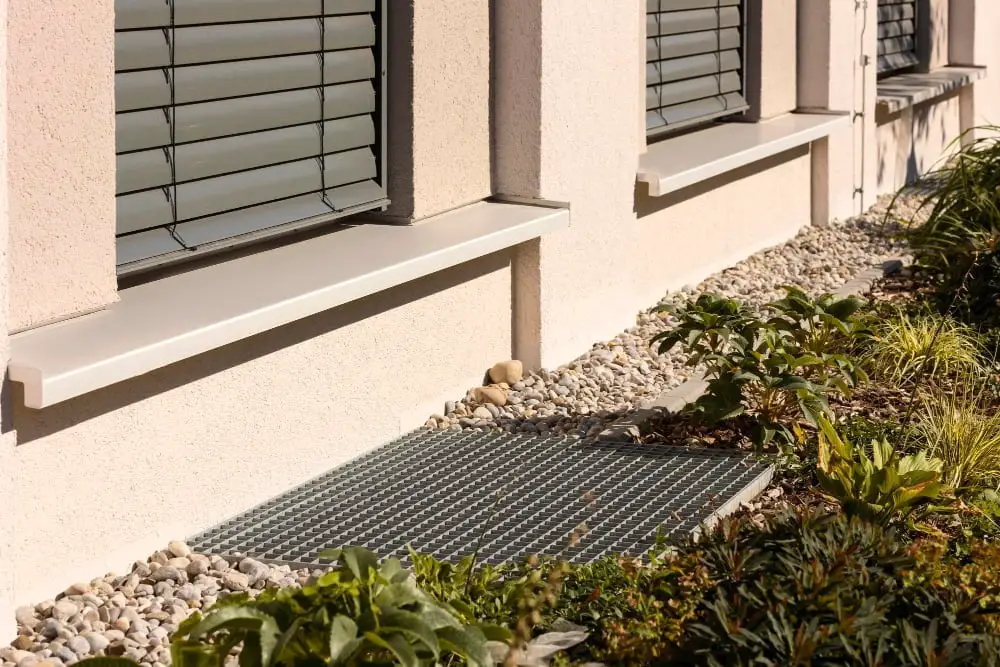
It’s typically made from wood, stone, or other materials and serves several purposes. Firstly, it provides structural support to the window frame by distributing its weight evenly across the wall.
Secondly, it acts as a barrier between the interior and exterior of your home by preventing water from entering through gaps in your windows during rainstorms.
Window sills also play an essential role in enhancing your home’s aesthetic appeal both inside and out. They come in various styles that can complement any decor theme you have going on – whether traditional or modern.
In addition to their functional roles, they’re also great for displaying plants or decorative items such as picture frames or candles – adding personality to any room while still serving their primary purpose.
Materials Used
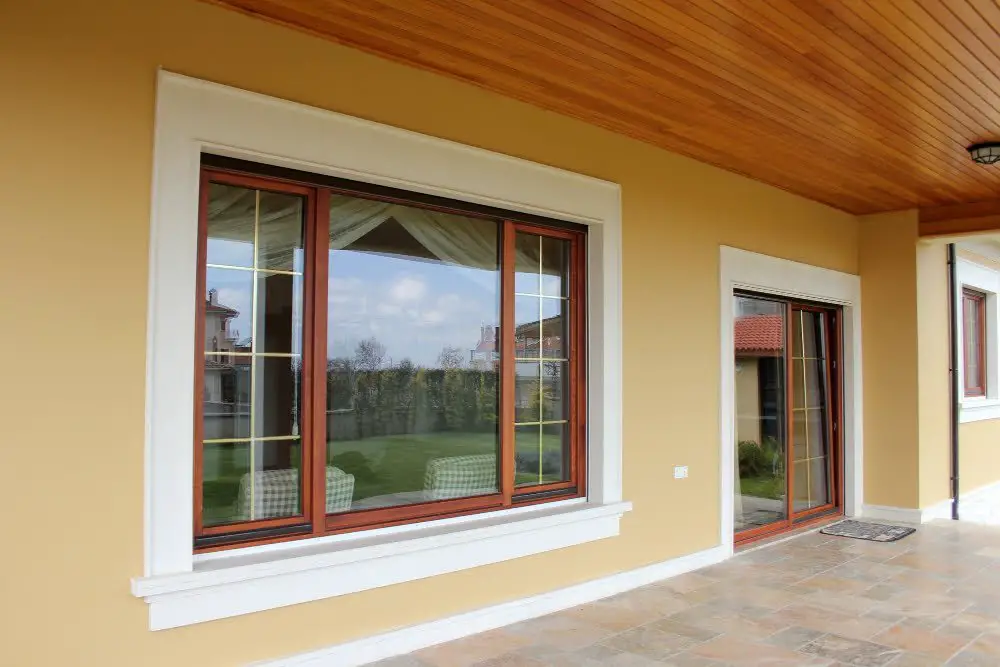
The most common materials used for window sills include wood, stone, metal, vinyl or PVC.
Wooden window sills are popular due to their natural beauty and versatility in design. They come in different types of wood such as oak or pine that can be stained or painted to match the interior decor.
However, wooden window sills require regular maintenance as they are prone to rotting and warping over time.
Stone is another material commonly used for making window sills because it’s durable and long-lasting. Granite is a popular choice due to its strength while marble offers an elegant look but requires more maintenance than other stones.
Metallic options like aluminum offer durability without requiring much upkeep while copper provides an attractive patina finish over time but comes at a higher cost compared to other metals.
Vinyl/PVC has become increasingly popular among homeowners because it’s affordable yet still durable enough for exterior use on windowsill applications where moisture resistance is essential.
Types of Window Sills

The most common materials used to make window sills include wood, stone, concrete, metal and vinyl. Wooden window sills are popular because they are easy to work with and can be customized to fit any design style.
Stone window sills offer durability and a classic look that complements traditional homes.
Concrete is another material used for making window sills due to its strength and ability to withstand harsh weather conditions. Metal windowsill options such as aluminum or steel provide a sleek modern look while being low maintenance.
Vinyl is also becoming increasingly popular due to its affordability compared with other materials like wood or stone; it’s also durable enough not only for interior but exterior use too.
Wooden Window Sills
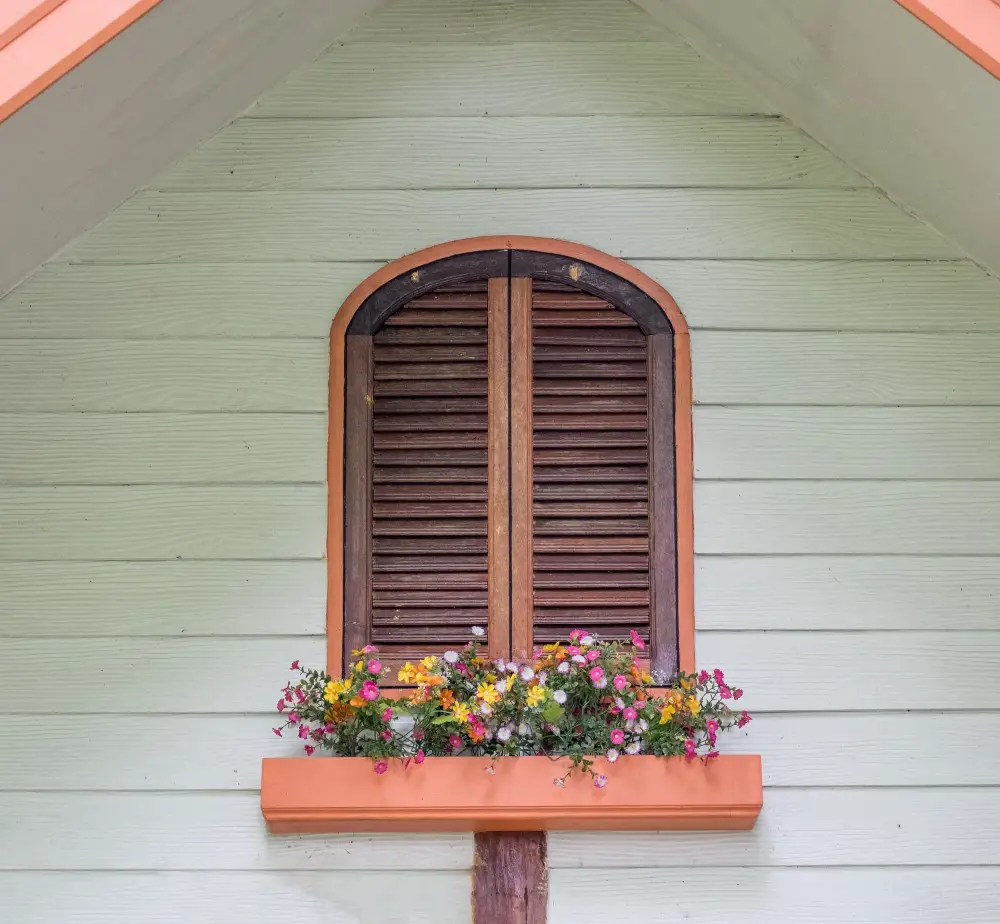
They add warmth and character to any room, making them an excellent option for those who prefer a traditional or rustic look. Wooden window sills come in various types of wood, including oak, pine, cherrywood, and maple.
One advantage of wooden window sills is that they can be easily customized to fit your specific needs. You can choose from different finishes such as stained or painted depending on the style you want to achieve.
Wooden window sills are relatively easy to maintain with regular cleaning using mild soap and water.
However, one downside of wooden windows is that they require more maintenance than other materials like stone or vinyl because wood tends to absorb moisture over time which could lead it rotting if not properly maintained.
Stone Window Sills
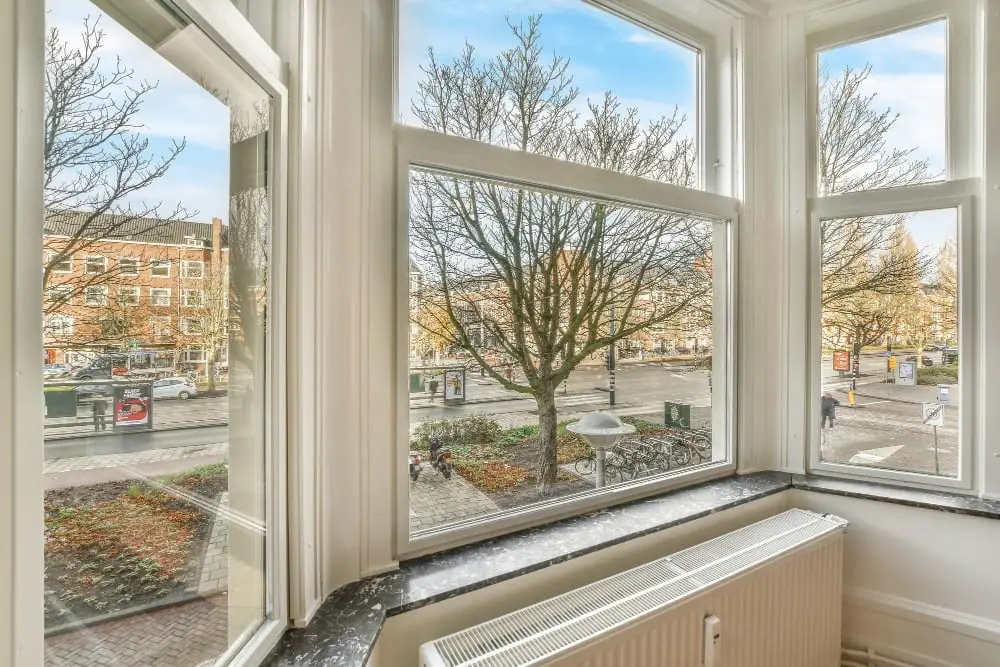
They are made from natural stone, such as granite or marble, which gives them durability and longevity. Stone window sills come in various colors and textures that can complement any home’s design.
One of the benefits of using stone window sills is their ability to withstand harsh weather conditions. Unlike wooden or metal sills that may rot or rust over time, stone remains intact even when exposed to extreme temperatures.
Another advantage is the low maintenance required for these types of windowsill materials. Stone does not require frequent cleaning like wood because it doesn’t absorb moisture easily nor attract insects like termites.
However, one downside is its cost compared with other materials used in making windowsill; they tend to be more expensive than other options available on the market due mainly because they’re made from natural stones which have been quarried then cut into specific sizes before installation.
Functions of Window Sills
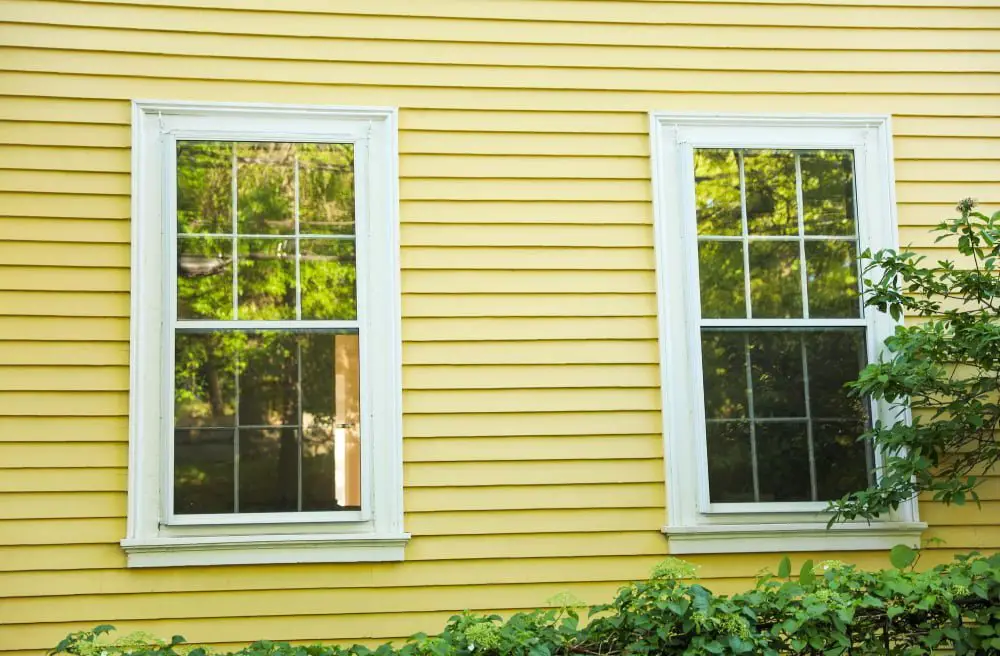
One of the primary purposes is to prevent water from entering your house through the window opening. The sill acts as a barrier that prevents rainwater or snow from seeping into your home, which can cause damage to walls and floors.
Another function of window sills is to provide support for the entire window structure. They help distribute weight evenly across the frame, ensuring that it remains stable and secure.
Interior windows sills can be used as a decorative element in your home’s design scheme by providing an additional surface area for displaying plants or other decorative items.
Exterior windows sills also play an important role in enhancing curb appeal by adding visual interest and depth to a building’s facade. They come in various materials such as wood, stone, metal or vinyl with different styles ranging from traditional designs like bullnose profiles to more contemporary ones like angled edges.
Interior Window Sills
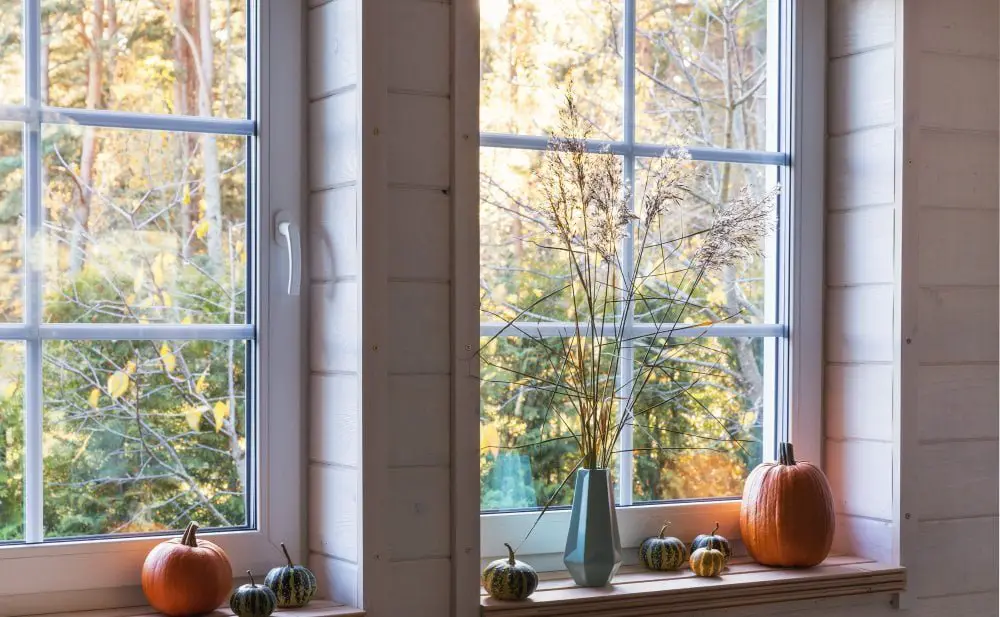
They still play a crucial role in enhancing your home’s aesthetic appeal and functionality. Interior window sills come in various materials such as wood, stone or composite materials like PVC and MDF.
Wooden interior window sills add warmth to any room with their natural beauty while stone or composite material options offer durability and low maintenance requirements. The choice of material depends on personal preference, budget constraints as well as the overall design scheme of your home.
In addition to aesthetics, interior windows also serve practical purposes such as providing additional storage space for plants or decorative items like picture frames. They can also be used for seating areas by adding cushions on top.
Exterior Window Sills
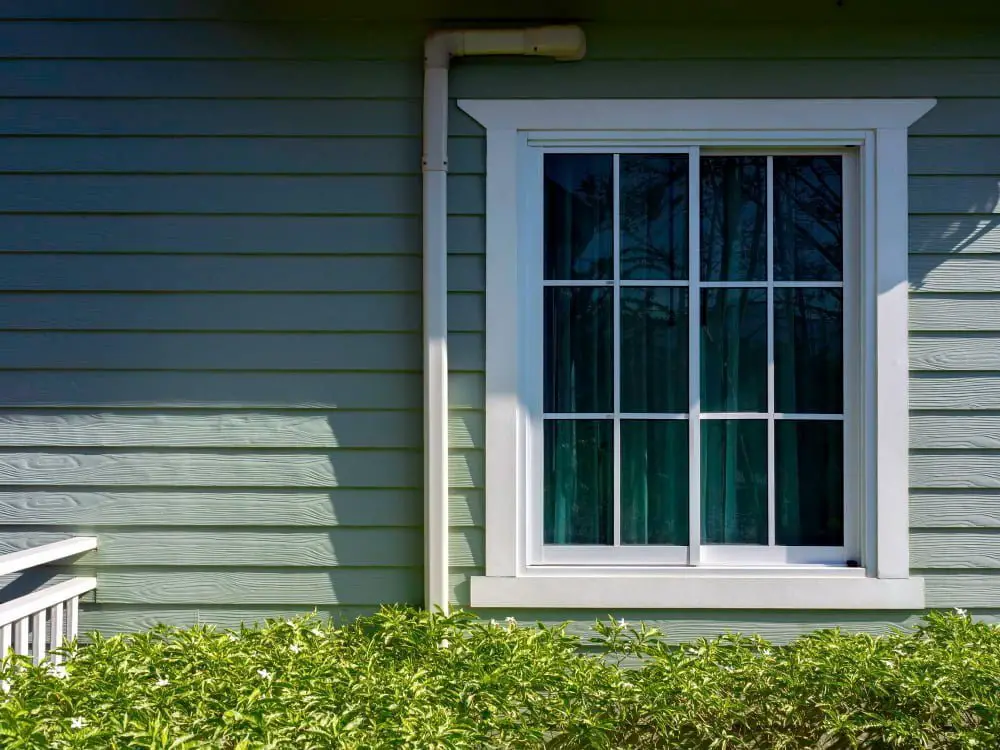
They serve as a barrier between the window frame and the outside elements, protecting your windows from water damage, mold growth, and other environmental factors. Exterior window sills come in various materials such as stone or concrete that can withstand harsh weather conditions.
Apart from their protective function, exterior window sills also add to your home’s curb appeal by enhancing its overall aesthetic value. You can choose from different styles and designs to match your house’s architectural style.
When selecting an exterior window sill material for your home, it is crucial to consider durability and maintenance requirements. Stone or concrete sills are popular choices due to their strength against extreme weather conditions while requiring minimal upkeep.
Purpose of Window Sills
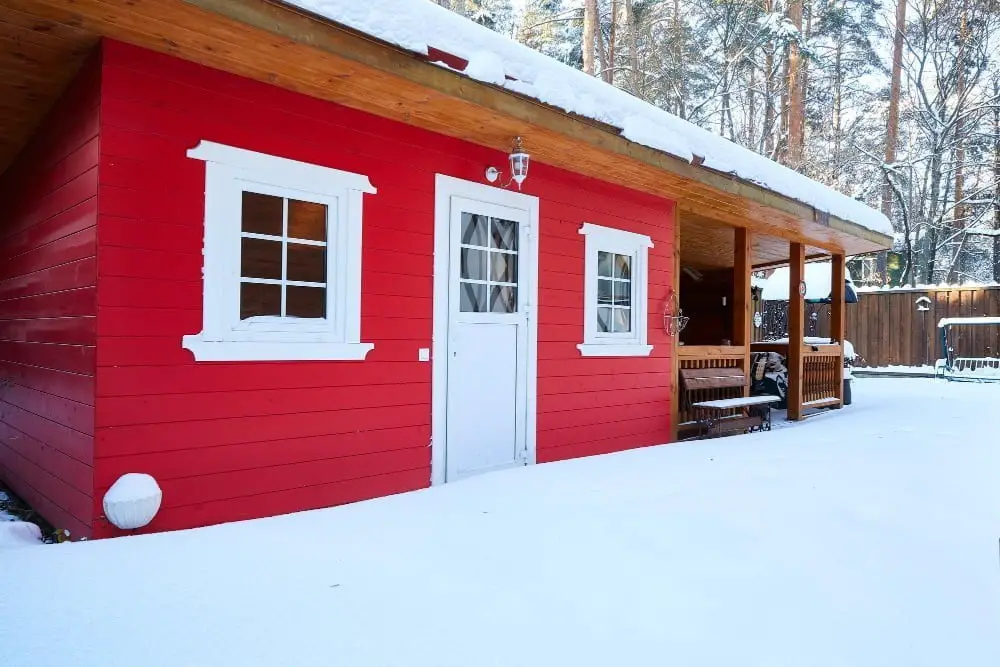
It serves several essential functions that make it a crucial component of any window structure. One primary function is to prevent water from entering the house through the bottom of the window frame during rainfall or snowfall.
The sloping design ensures that water runs off and away from your windows, keeping them dry and preventing damage.
Another critical purpose is providing support for the entire window structure, especially in cases where there are large glass panes involved. Window sills help distribute weight evenly across all parts of the frame, ensuring stability and durability over time.
Window sills also provide additional insulation against heat loss or gain by creating an air barrier between indoor and outdoor temperatures. This feature helps regulate temperature levels inside your home while reducing energy costs associated with heating or cooling systems.
Necessity of a Window Sill

One of the primary functions of a window sill is to prevent water from entering your home. Without it, rainwater would seep into the walls and cause damage to both the interior and exterior structures.
Moreover, window sills also help in directing water away from windows by providing a slope that allows for proper drainage. This feature helps protect against moisture buildup on windows, which can lead to mold growth or rotting wood frames.
Another necessity of having window sills is their ability to provide insulation for your home. They act as barriers between indoor and outdoor temperatures by preventing heat loss during winter months while keeping cool air inside during summer months.
If you have pets or children at home who love looking out through windows frequently, then having sturdy window sills becomes even more crucial as they offer support when leaning against them without causing any damage or accidents.
Window Sill Styles
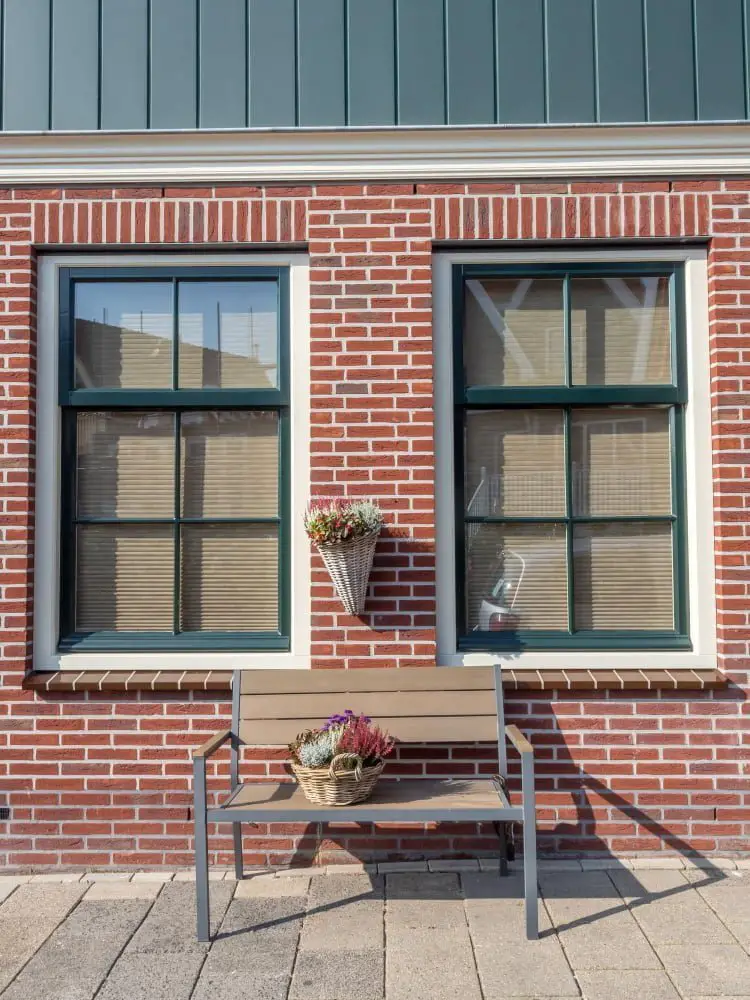
The style of a window sill is determined by its design, material used, and finish. Some popular window sill styles include traditional, modern minimalist designs with clean lines or ornate details that add character to your windows.
Traditional-style window sills are often made from wood or stone materials with intricate carvings and decorative elements such as corbels or brackets. These types of sills are perfect for homes with classic architectural features like Victorian-era houses.
On the other hand, modern minimalist designs feature sleek lines without any embellishments that give a contemporary look to your windows. They’re usually made from metal materials like aluminum or stainless steel which provide durability while maintaining their stylish appearance.
When it comes to finishes for window sills – there are many options available including natural wood stains that bring out the beauty of grain patterns; painted finishes in different colors; polished stones such as marble which adds elegance to any room they’re installed in!
Aesthetics and Style
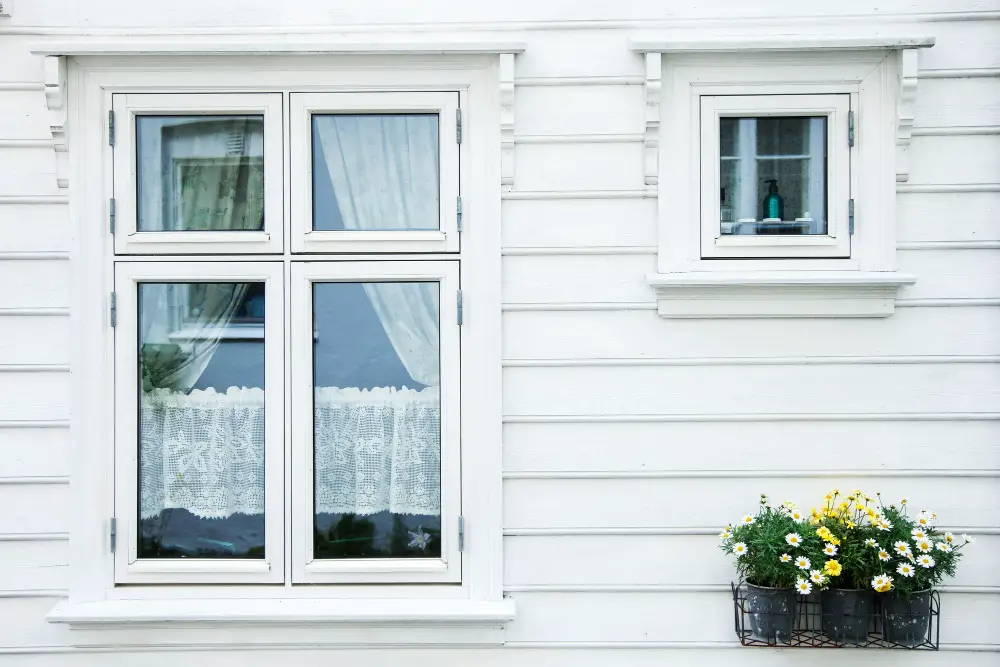
They come in various styles and designs that can complement your interior or exterior decor. For instance, wooden window sills add a rustic charm to any room while stone window sills provide an elegant touch to modern homes.
The style of the sill should match the overall design theme of your home’s architecture. If you have a traditional-style house with classic features such as crown molding and wainscoting, then opting for ornate wooden or marble sills would be ideal.
On the other hand, if you have a contemporary-style house with clean lines and minimalistic features such as metal railings and glass walls, then choosing sleek aluminum or concrete sills would be more appropriate.
In addition to matching your home’s architectural style, consider incorporating color schemes that blend well with existing elements like wall paint colors or furniture upholstery fabrics.
Angled Window Sills: Reasons and Benefits

They offer several benefits that make them an excellent option for both interior and exterior windows. One of the primary reasons people choose angled window sills is their ability to direct water away from the window frame, preventing moisture damage and mold growth.
Another benefit of angled window sills is their aesthetic appeal. They add depth to a room’s design by creating shadows that enhance its visual interest.
Angled sills also provide more space on which you can place decorative items such as plants or picture frames.
In addition to these benefits, angled window sills can also improve energy efficiency in your home by reducing heat loss during winter months while keeping out unwanted heat during summer months.
Measurement and Installation
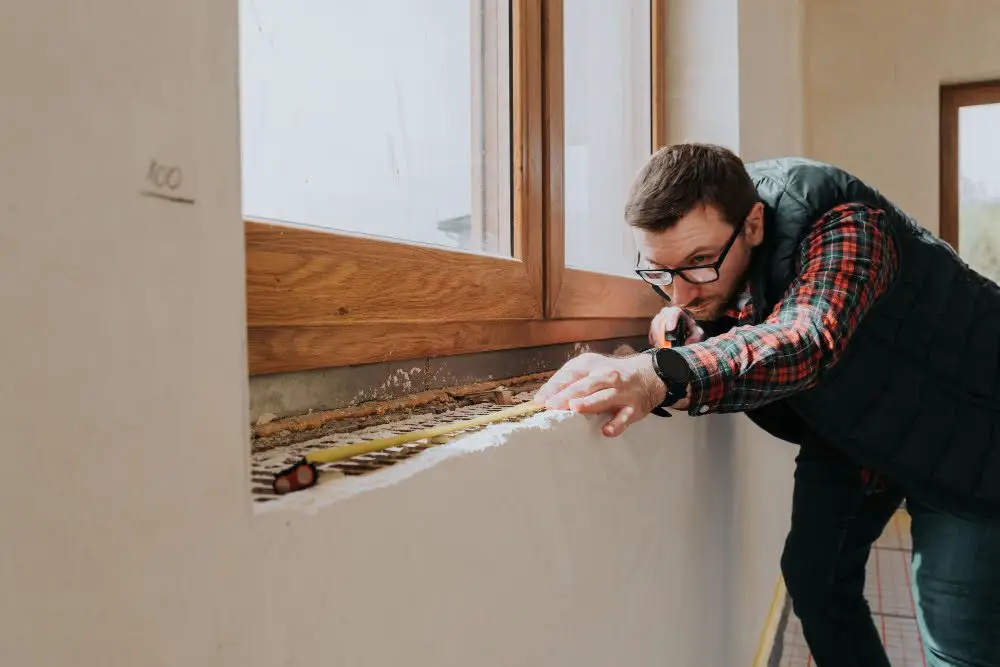
Before purchasing or cutting your window sill material, you need to measure the length and width of the opening where you’ll install it. You should also consider the depth of your windowsill as this will affect how much space is available for plants or other decorative items.
Once you have accurate measurements, cut your window sill material accordingly and ensure that it fits snugly into place. If necessary, use shims to level out any unevenness in the installation area before securing with screws or adhesive.
It’s important to note that proper installation is essential for ensuring that your window sills function correctly and last long-term. If you’re unsure about how to install a new window sill yourself, consider hiring a professional contractor who can help guide you through each step of the process.
Maintenance Tips

Regular maintenance can help prolong the lifespan of your window sills, prevent damage to the surrounding walls, and enhance their overall appearance. Here are some tips on how to maintain your window sills:
1. Clean regularly: Dirt, dust, debris can accumulate on the surface of a window sill over time; therefore regular cleaning is necessary.
2. Check for water damage: Water damage can cause rotting or warping in wooden windowsill frames; hence it’s important to check for any signs of water infiltration.
3. Inspect caulking: Caulking around windows helps seal gaps between the frame and wall preventing air leaks that could lead to energy loss or moisture buildup inside walls.
4. Repair damages promptly: If you notice any cracks or chips in your window sill material (wooden/stone), repair them immediately before they worsen into more significant problems that may require costly repairs later on.
Common Problems
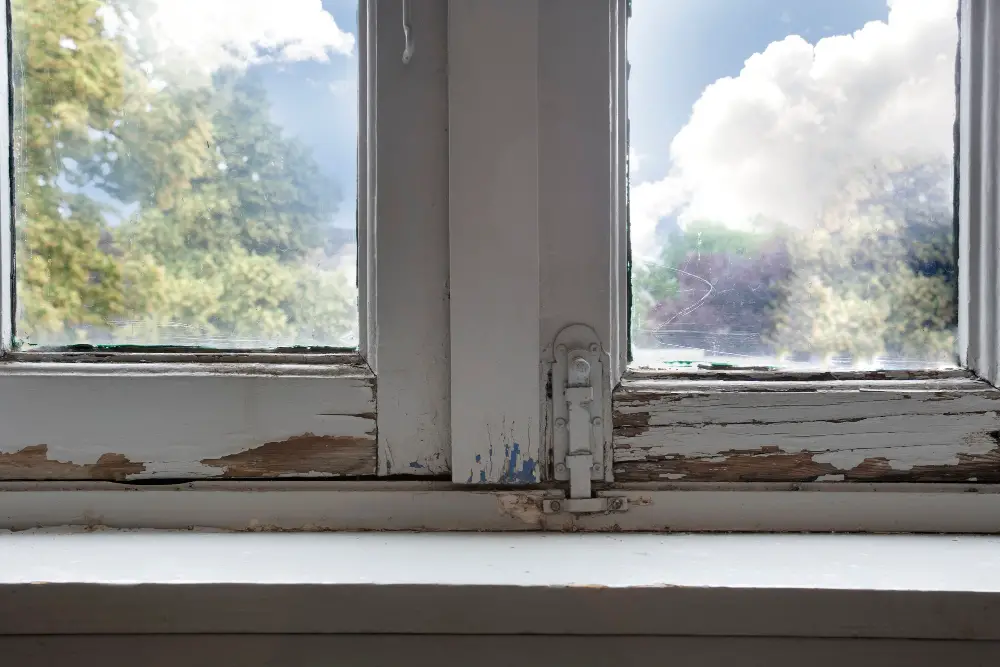
One common issue is water damage caused by rain or condensation. Water can seep into the sill and cause rotting, which weakens the structure and affects its functionality.
Another problem is pest infestation, especially in wooden sills that attract termites and other insects.
Poorly installed or damaged sills may lead to air leaks that affect your home’s energy efficiency by allowing hot or cold air inside your house. This not only makes it uncomfortable but also increases your energy bills.
To avoid these issues with your window sill, regular maintenance is crucial. Ensure you inspect them regularly for signs of damage such as cracks or warping and address them promptly before they worsen.
Replacing a Window Sill

If you notice that your window sill is rotting, cracking, or showing signs of wear and tear, it may be time for a replacement. Replacing a window sill is not as complicated as it may seem and can be done with some basic tools.
Firstly, remove the old window sill by cutting through any caulking around its edges using a utility knife. Then use a pry bar to gently lift up on one end of the old sill until it comes loose from its supports.
Next step is measuring your new windowsill carefully before purchasing one that fits perfectly into place without leaving gaps between itself and other parts of your home’s exterior structure such as siding or brickwork.
Once you have purchased an appropriate replacement piece (or had one custom-made), apply caulk along both sides where they will meet up against each other during installation – this helps seal out moisture which could cause further damage over time if left unchecked!
DIY Window Sill Projects

You can transform them into functional and stylish spaces with just a few simple steps. For instance, if you have an indoor herb garden or succulent collection, why not create a mini greenhouse on your windowsill? All it takes is some glass jars or containers and some potting soil.
Another fun project is creating custom window sill shelves for additional storage space in small rooms. With the right tools and materials such as wood planks, brackets, screws and paint; this project can be completed in no time.
You could also add decorative elements like candles or picture frames to give your windowsill more personality while still being practical.
Window Sill Gardening
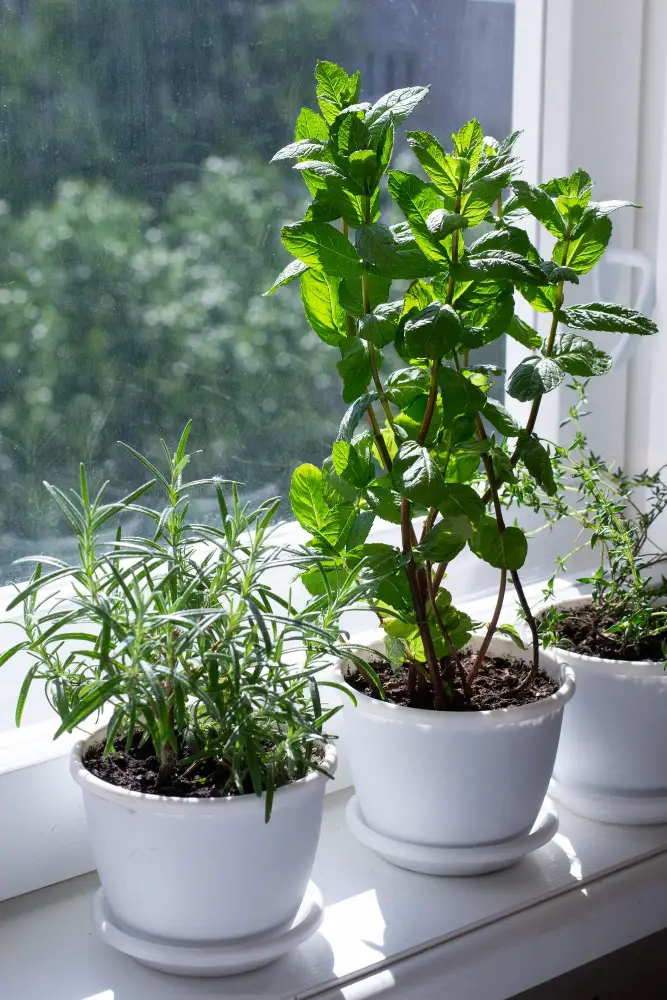
One way to add a touch of greenery and life to your home is through window sill gardening. This type of gardening involves growing plants on your window sills, whether indoors or outdoors.
Indoor window sill gardens are perfect for those who live in apartments or have limited outdoor space. You can grow herbs, succulents, and even small flowers in pots on your windowsill.
Not only do they add beauty to the room, but they also provide fresh herbs for cooking.
Outdoor window sill gardens are ideal if you have a balcony or terrace with access to sunlight throughout the day. You can create an entire garden by placing planters along the edge of your windowsill filled with colorful flowers and foliage.
When creating a window sill garden, it’s essential to consider factors such as light exposure and water drainage requirements specific to each plant species you choose. Window Sill Gardening is an excellent way of bringing nature into our homes while adding aesthetic value at minimal cost!
FAQ
What is the sill of a window?
The sill of a window is the main horizontal part forming the bottom of the frame of a window.
What is the difference between a window sill and ledge?
The difference between a window sill and ledge is that they are two terms referring to the same flat, shelf-like part located at the bottom of the window, which contributes to the functionality and design of a window.
What is the difference between a window sill and a window sash?
The difference between a window sill and a window sash is that the sill is the piece running along the base of the window frame, while the sash is the movable part of the window that holds the glass in place.
Do all windows have a sill?
Yes, most windows have sills, but there might be some exceptions depending on the type of window chosen.
How do you properly maintain a window sill?
To properly maintain a window sill, regularly clean it by dusting, wiping with a damp cloth, removing any debris, and inspecting for signs of damage or wear.
What materials are commonly used for window sills and what are the benefits of each type?
Common materials for window sills include wood, stone, and PVC, with benefits like wood offering warmth and traditional style, stone providing durability and timeless elegance, and PVC delivering affordability and low maintenance.
What is the role of a window sill in terms of insulation and energy efficiency?
A window sill contributes to insulation and energy efficiency by providing a barrier against drafts, preventing heat transfer, and reducing air leaks in the building.
Related Stories
- What Is a Window Stool
- How To Build A Window Frame And Sill
- How to Remove Window Sill: Easy Step-by-Step Guide & Tips
- What Is a Window Jamb?
- 15 Rustic Interior Window Trim Ideas: Step-by-Step Tutorial and FAQs
Recap
